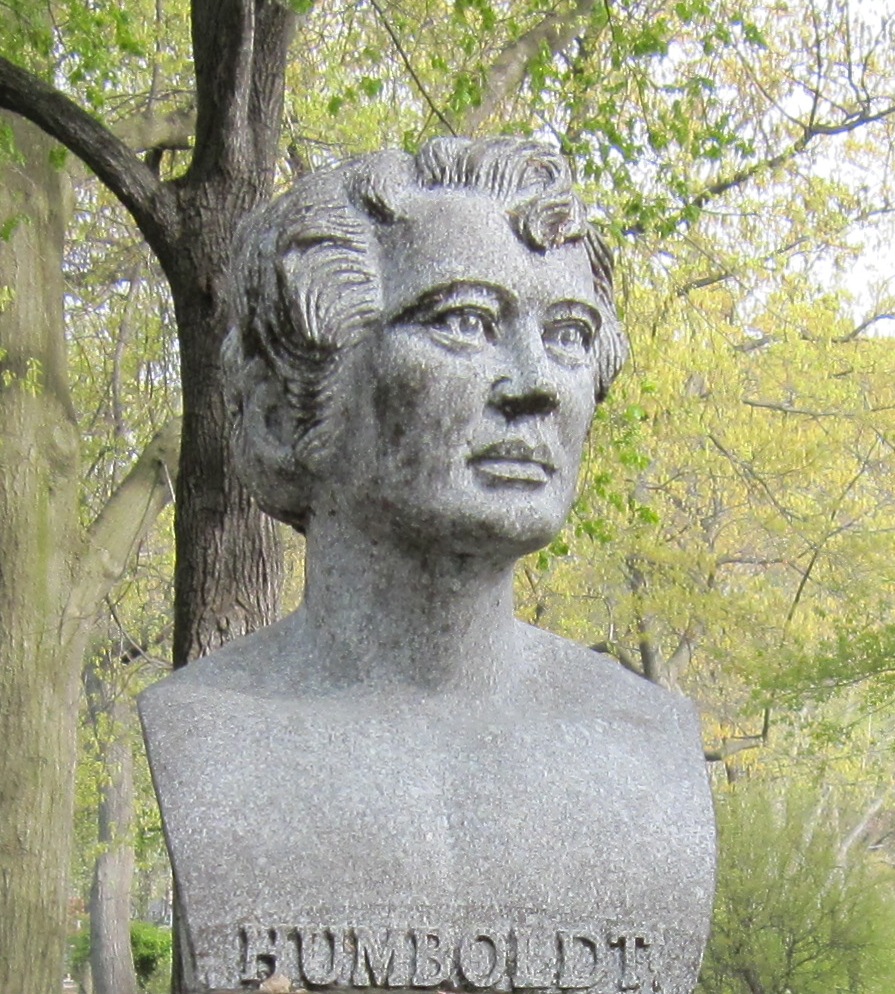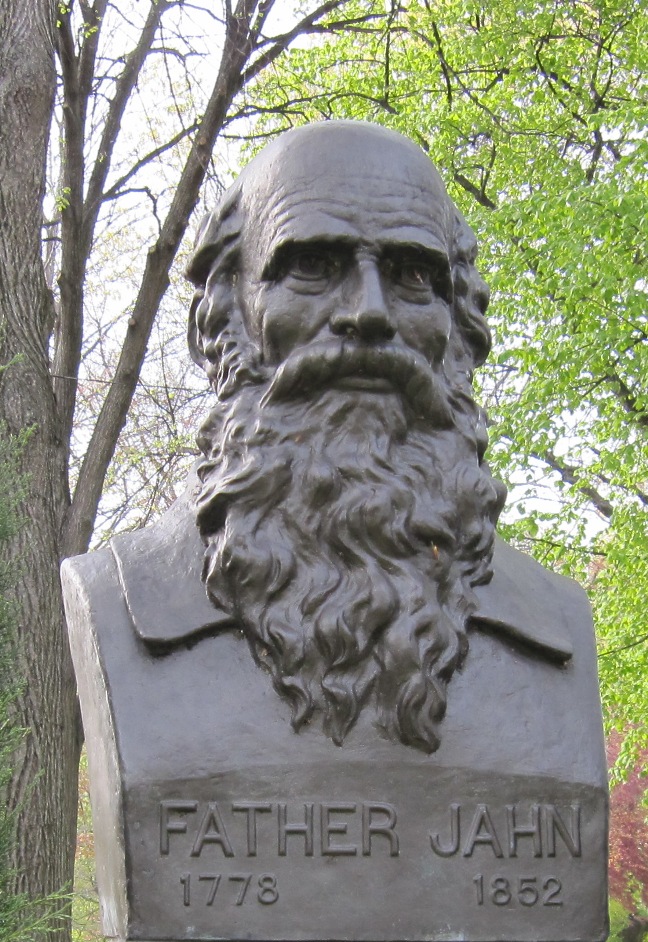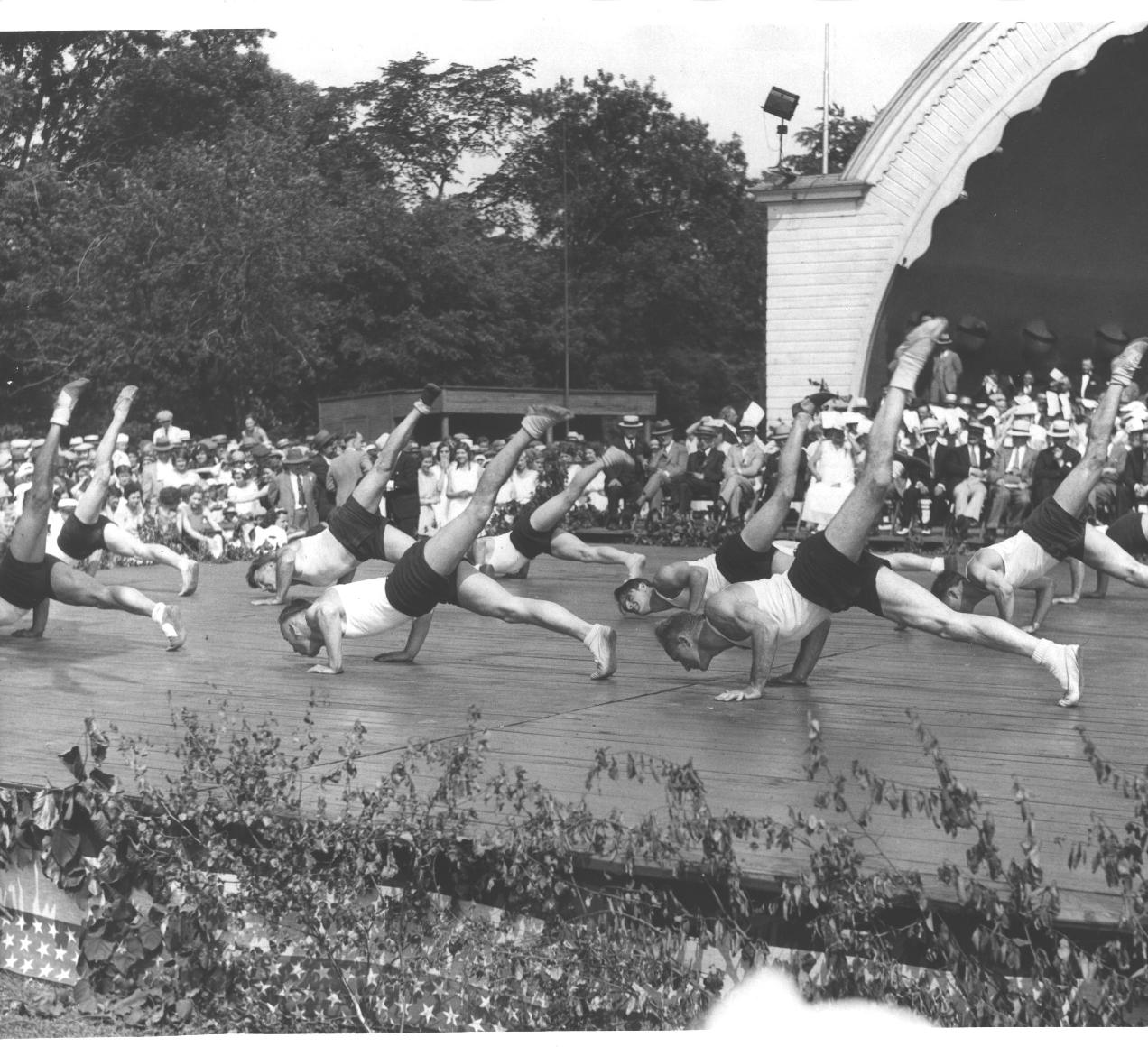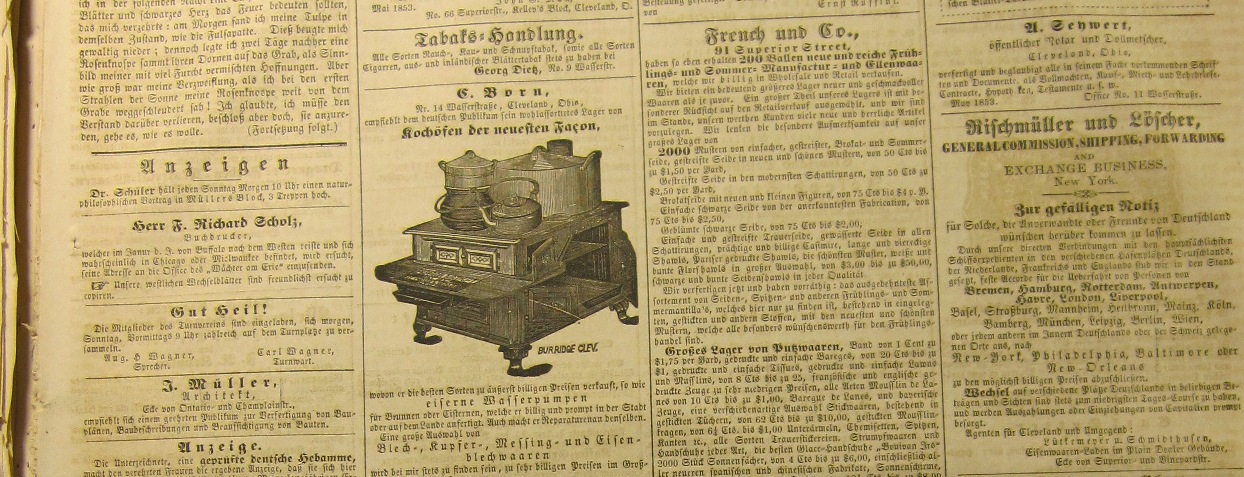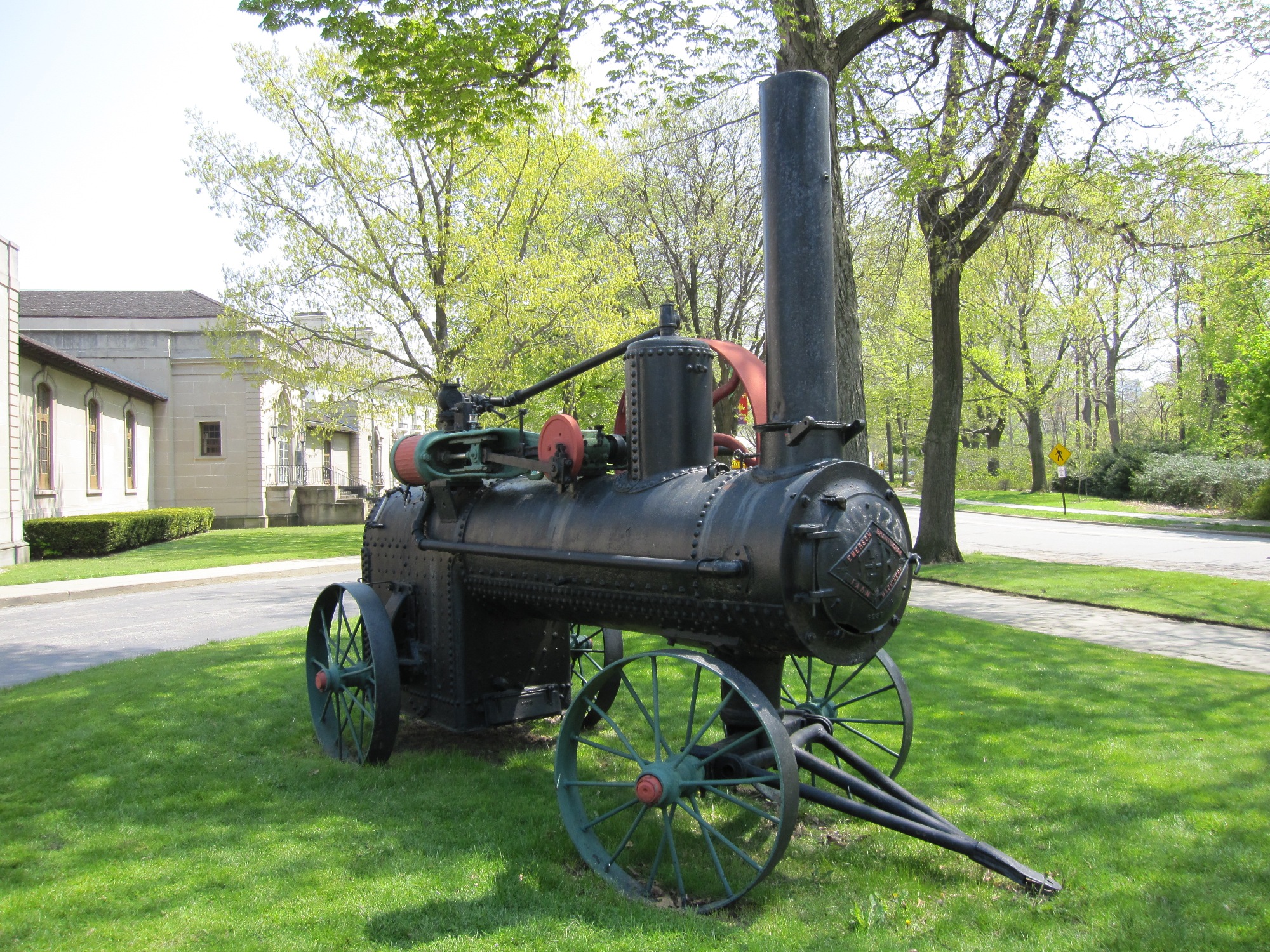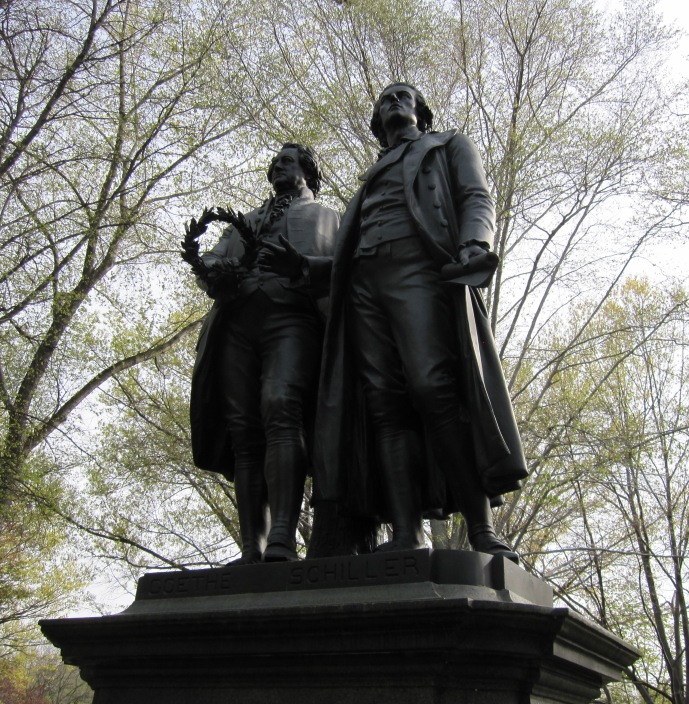My approach may be tangential, but for some reason, in writing about the 19th century I’ve felt compelled to read Charles Dickens. Maybe because I have two complete sets of Dickens novels, handed down from my ancestors, their spines staring me down from my bookshelves. Or perhaps because Charles Dickens visited the U.S. in 1842, travelled through Ohio no less, and wrote accounts about his visit, published as “American Notes,” in 1843.
So I’m reading David Copperfield, and recently stumbled across another clue in the ever expanding treasure hunt through the 19th century. I was wondering, for purposes of literary exposition, how people lit their hearth fires and pipes back then. In my reading of Ohio history, I’d found that the Diamond Match Co. was a significant part of history in Akron, Ohio, beginning in 1881. But when did matches first enter the scene? The right terminology in Dickens helped me delve further into my search. It turned up on pp. 90-91:
But the greatest wonder that I heard of Mr. Creakle was, there being one boy in the school on whom he never ventured to lay a hand, and that boy being J. Steerforth. Steerforth himself confirmed this when it was stated, and said that he should like to begin to see him do it. On being asked by a mild boy (not me) how he would proceed if he did begin to see him do it, he dipped a match into his phosphorus box on purpose to shed a glare over his reply, and said he would commence by knocking him down with a blow on the forehead from the seven-and-sixpenny ink-bottle that was always on the mantelpiece. We sat in the dark for sometime breathless.
That was it: nineteenth century phosphorus matches. I found all kinds of leads, here’s just one, at the Ideafinder.


